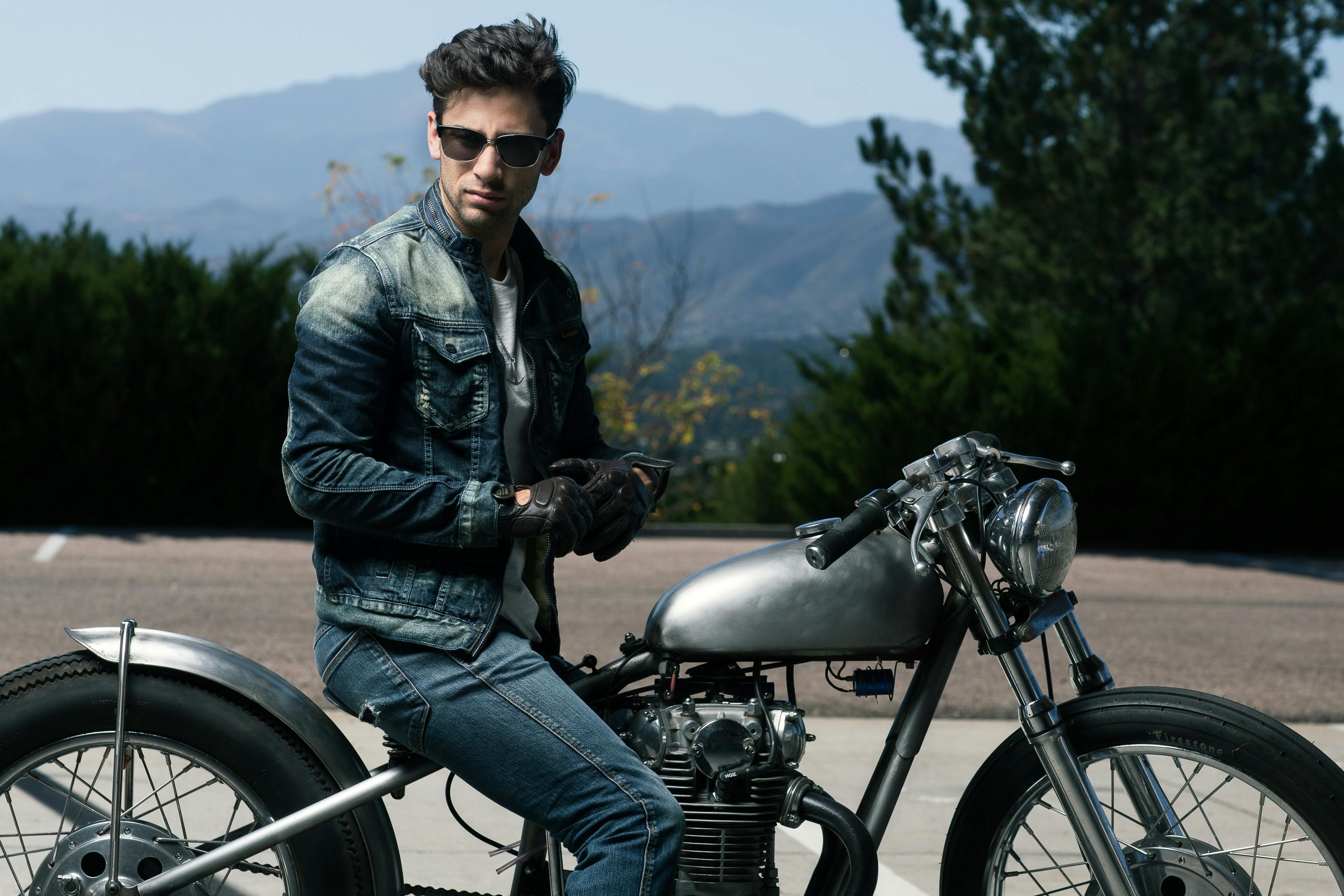Lately there haven’t been many opportunities to review arts events. I’m sure I don’t have to explain why. But in recent weeks there have been attempts to ease the restrictions from earlier in the year and various venues have held events, albeit with masked audiences and sit-ins in accordance with current social distancing rules. This restricted the recent annual film festival in L’Alfas del Pi to exclude usual venues like the wonderfully independent Cinema Roma. However, the festival was carried out using the spaces provided by Casa Cultura and paved outdoor areas.
One place where social distancing is rarely an issue is the Klein-Schreuder Sculpture Garden. The current exhibition features works by Zélia Rocha, iron and steel assemblies, largely reinvented engine components, and recreated scrap metal. The shapes depicted are largely literal, but the construction is completely abstract. Part of the pleasure is pausing before each job to identify what each component used to do during its lifetime, and then reflecting on how this contrasts with your current environment. The garden’s opening hours are on their website.
And then, last night, Altea hosted the second of its Música a Boqueta Nit concert series, in the open-air auditorium of Plaça de l’Aigua, a place that, again, is easily socially removed. New rules, new ages, it seems they need new compound verbs.
The Spanish Brass group, a brass quintet rated by none other than Christian Lindburg as one of the best in the world, presented their program and they played a total of ninety minutes without a break. Outdoors, even a brass quintet needs amplification, but a group like Spanish Brass is used to the challenge and the sound was more than acceptable even to the most demanding ear. Amplified, of course, lacked the reverb character, but outdoors there’s none of that anyway.
The program was varied and, for this summer night in the open air, largely light, but expertly delivered. It included part of an orchestral suite by Johan Sebastian Bach, Oblivion and Libertango by Astor Piazzolla, and a medley of songs made famous by Edith Piaf. The last work was successful, since on the way to the concert it seemed that about half of the cars in Altea had arrived from France. The introductions to the music here are almost always delivered in a mix of languages, and last night Spanish Brass chose three, English, Spanish and Valencian, so even though the French lost their words, they made up lost ground in music.
Personally, the highlight of the evening was Salvador Brotons’ concert for wind quintet. The composer is a professor of brass instruments at the Barcelona Conservatory and this piece was commissioned by Spanish Brass for the 2014 Alzira festival. It may not be common knowledge outside of Spain that this eastern part of the country is known for the length and quality of their bands. These are not the marching bands that used to be so prevalent in the north of England before the community and culture that spawned them was wiped out. These have the character of a symphonic band, with a mix of brass and woodwind instruments, mouthpieces and reeds that often march through the villages accompanied by a set of timpani on wheels. The general standard of musicality in these groups, at least one in each city, regardless of size, is so high that they can, and often do, play rich and varied material.
As a result, there is a corpus of band composers throughout Catalonia and Valencia who attempt much more than just a pop cliché. And so with Salvador Brotons’ Concerto for brass quintet. The first movement is rhythmically challenging, with its complex and broken lines, but always striking, a second movement reminiscent of Miles Davis and Gil Evans, and an ending that impresses through its neoclassicism and Hindemith-like astringency.
It’s comforting to listen to real music again. Its ability to surprise through the new and genuinely original is unique, and the rootedness of this new experience in everything that has happened before must be heard to be understood or appreciated in that essential order.

